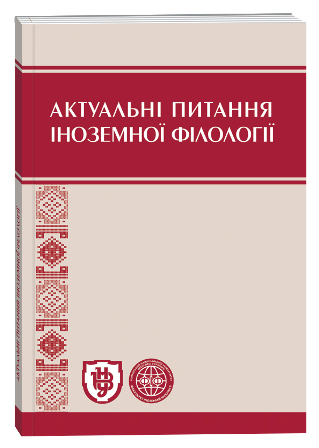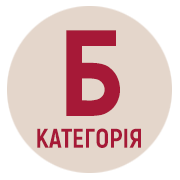SPECIFIC TRAITS HOW TO TEACH LIAISON INTERPRETING BASED ON THE INTERPRETER’S NOTE-TAKING
Keywords:
interpreter’s note-taking, liaison interpreting, training interpretation, memorization, interpreting from French, symbolsAbstract
Any contemporary teaching of foreign languages is going through a difficult period of the reappraisal of values, rethinking of goals, objectives, techniques and common conceptual approaches. Transformations in the political, economic, cultural areas of the state are advancing new demands as to the training of interpreters able to ensure the development of interstate and interpersonal contacts at a high and qualitative level. The importance of interpreters in our modernized world is hard to overestimate. They must be perfect at information and communication technologies while interpreting from the native into foreign languages, and vice versa, as well as able to make liaison interpreting more effective, because of the requirements of the mass IT penetration of the society. Comparing liaison interpreting with the simultaneous, the first type allows the professionals in this area to spend more time for analyzing and converting information having been received before its interpretation. In addition, the interpreter may use his/ her own records during the liaison interpreting process. It is just the interpreter’s note-taking that arouses heightened interest as an additional means of recording information during the interpreting. Teaching of the liaison interpreting should include the mastering of students’ skills in this area. Using such skills, students are able not only to improve the interpreting quality, but also to form the ability how to divide the received information into main and secondary, as well as to fix and accurately reproduce the details of messages. An important aspect in teaching of the liaison interpreting is the consideration of the individual psychological features of the student’s memory and their correlation with the information memorizing processes. Training for this interpreting type should be based both on the audio and visual information perception in the original language, on its fixation by encoding with interpreting tools for better memorization, and further information decoding and its interpretation in the target language. Both knowledge and ability to use universal symbols of the interpreter’s note- taking for writing messages in both native and foreign languages can significantly improve the qualification of any future interpreter.
References
Gural, S. K., Tihonova, E. V. 2013. “Organizaciya processa obucheniya ustnomu posledovatelnomu perevodu v svete sinergeticheskoj teorii”. Yazyk i kultura 4(24): 77–82.
Kulmanakova, E. V. 2010. “Formirovanie i razvitie kommunikativno-rechevoj kompetencii studentov, izuchayushih kitajskij yazyk”. Problemy i perspektivy razvitiya obrazovaniya v Rossii 1:178–181.
Sachava, O. S. 2010. Metodicheskie rekomendacii po perevodcheskoj skoropisi. SPb.: GUEF.
Rozan, J.-F. 1984. La Prise de Notes en Interprétation Consecutive. Librairie de l’université Georg : Genève.
Vygotskij, L. S. 1982. “Pamyat i ee razvitie v detskom vozraste”. Problemy obschey psihologii. Moskva: Pedagogika. 2: 386–395.







